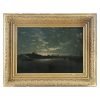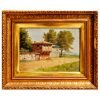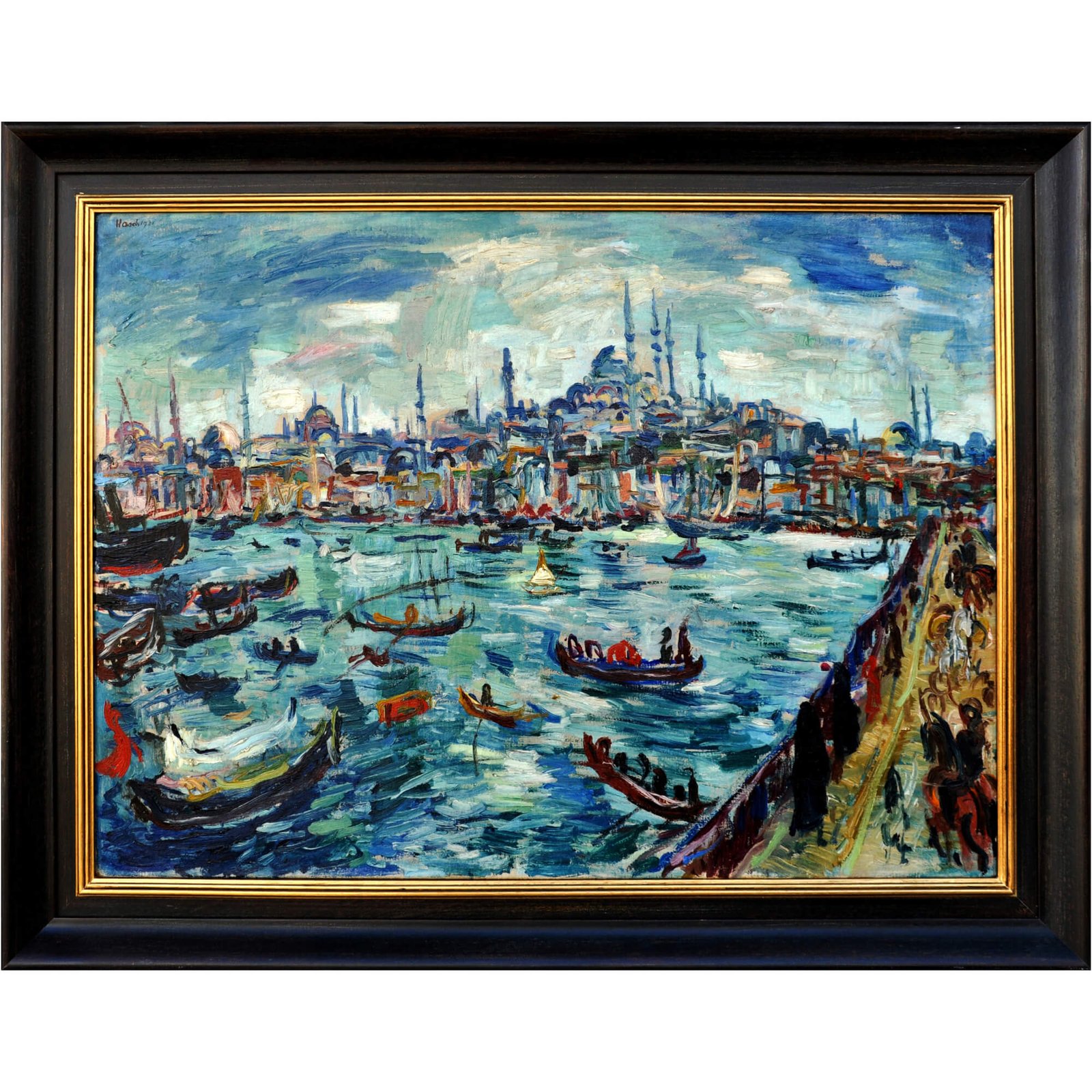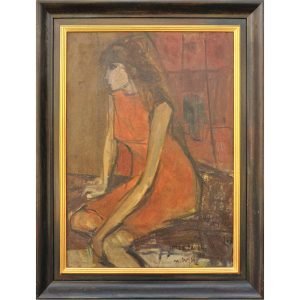Karl Hosch
İsviçreli Ressam, Grafiker (Dışavurumcu – Ekspresyonist)
Doğum tarihi: 5 Şubat 1900, Yverdon-les-Bains, İsviçre
Ölüm tarihi ve yeri: 5 Şubat 1972, Zürih, İsviçre
Biography
Karl Hosch, born on February 5, 1900 in Yverdon, attended the school of Applied Arts Zurich from 1917 to 1919 under Paul Bodmer and Ernst Georg Rüegg. His grandfather was the well – known architect, painter Eduard Hosch (1843 – 1908). The dome of the Federal House and the windows of the cathedrals of Lausanne and Geneva carry his signature. Karl Hosch lived first in Richterswil, then on the Hirzel and in Schönenberg and from 1930 in Oberrieden, where he built a studio in 1939. Between 1920 and 1959, he undertook numerous study trips to: Italy (Florence, Siena), Vienna and surroundings, Berlin, Ticino, Paris, Belgium, Burgenland, Venice, Istanbul, Yugoslavia, Sicily, Lipari, Naples, Rome, Munich, Friuli and Kernten. On his travels, he was inspired by scenic and figurative, sometimes folkloristic motifs. From 1920 he took part in exhibitions and later showed larger picture collections in Zurich, Bern, St. Gallen, Aarau, Lucerne and in Vienna in 1950 and in Copenhagen in 1954.
Background
Hosch’s impulsive painting, which is limited to landscape and figure-only in exceptional cases do still life and flower pieces arise-is based mainly on a sensual color with expressive moments of tension. The artistic suggestions that Hosch received were based on expressive artists such as van Gogh, Ensor, Kokoschka, the French Fauvists and Picasso. In the beginning, however, until about 1926, Karl Hosch used an old-fashioned, dark-toned painting, whose models were on the one hand Pieter Bruegel, on the other hand Italian Quattrocentist and in which he was strengthened by his teachers Bodmer and Rüegg. In 1926, the jump in the colour is held, with agitation, spotty-impasto application of paint and strong light-and-dark voltage of the colourways connect. But already in 1929, on the basis of colorist painting, the first calm, built color compositions emerge, in which the vital movement is contained in a latent thrust force; favourite motifs such as the winter landscape and the Lake Zurich landscape already find representative formulations for this painter. At the same time, first figurative images are created on the coloristic level. In the second half of the 1930s there was an impressionist easing. In the first half of the 1940s, there were wide-spread, fauvistic landscapes; in addition, figures close to Fauvism also emerge-pictures. In the second half of the decade, the dynamics of the landscape regain their upper hand, while in the increasingly numerous figurative compositions and figurative images on a broad, often brown-toned basis under the influence of Georges Braque, a decorative line ornamentation based mainly on outlines intersects and spreads. In the first half of the Fifties, the figurines, girls ‘ portraits, acts, self-portraits, compositions in which riders and horses dominate take over the leadership. In the second half of the Fifties, the landscape comes back to the forefront, mainly in the Form of sketchy dematerialized color structures. In the late fifties, Karl Hosch also painted pictures in an experimental way. Under the influence of Picasso, the formal appearance changes into square-cubic and heavy-form, intensifying the color into a Suggestive. The landscape appears in a color structure dematerialized in sketchbook form.











